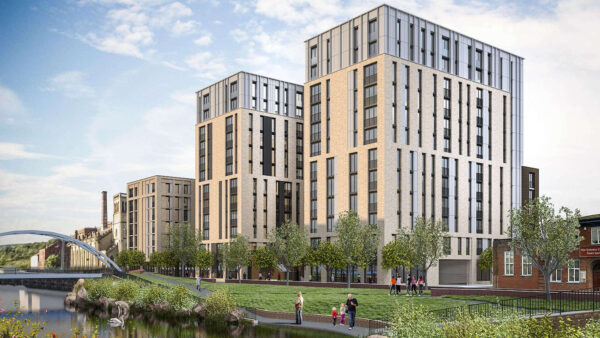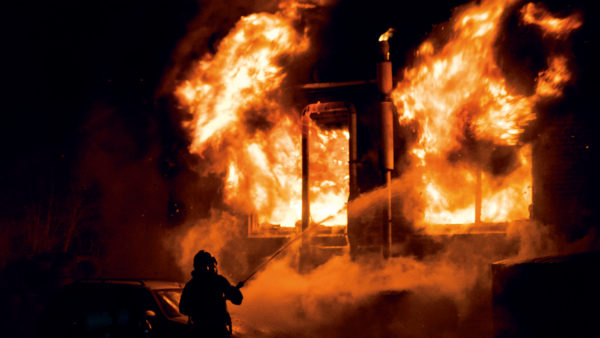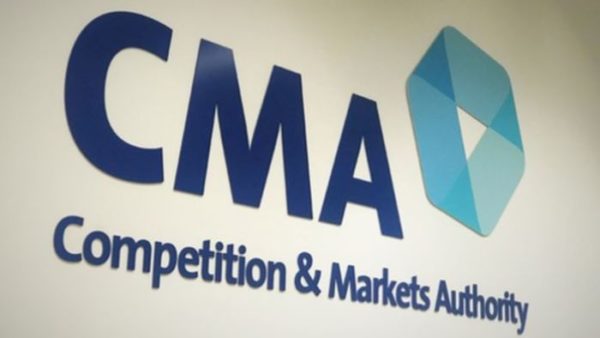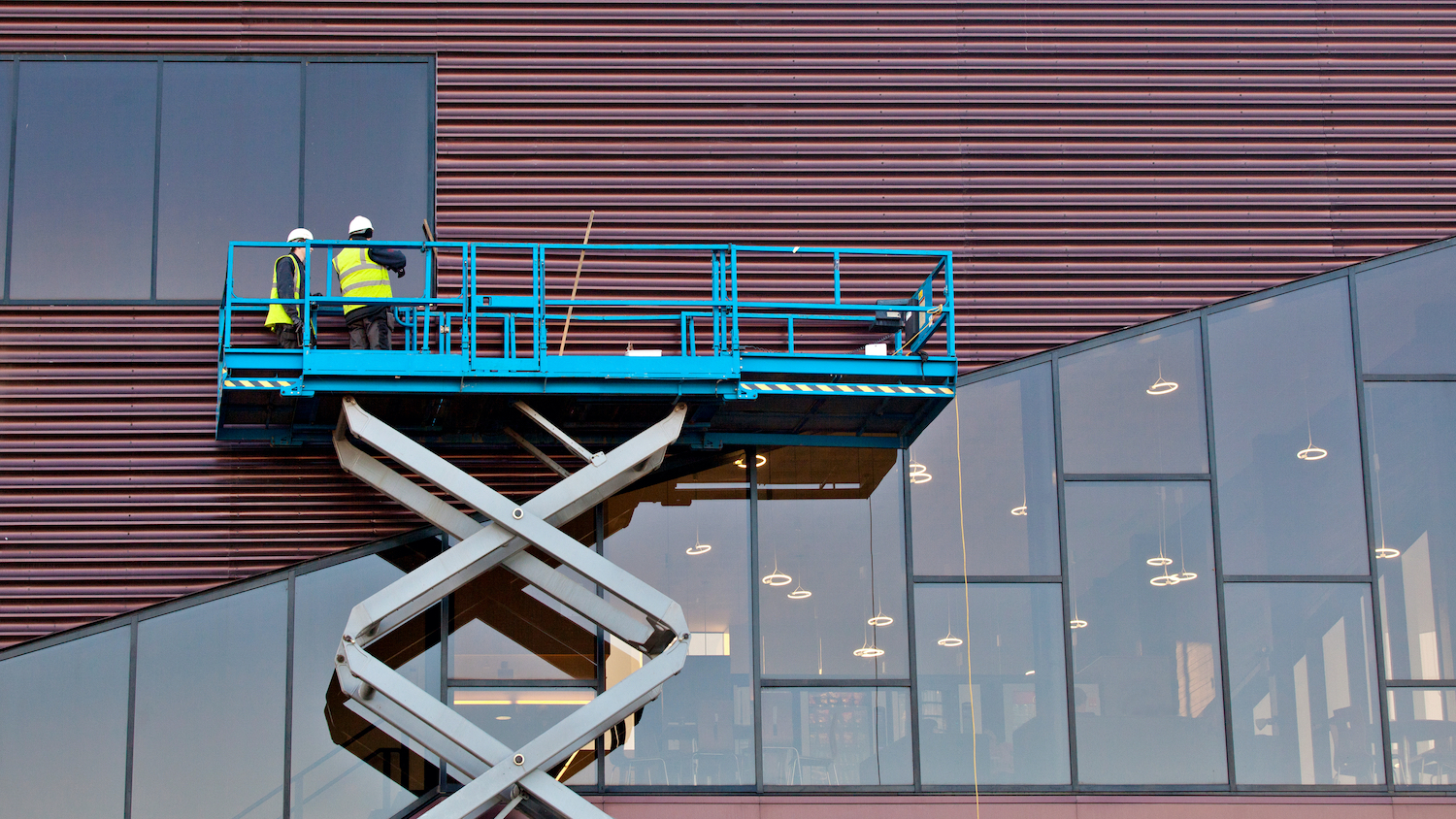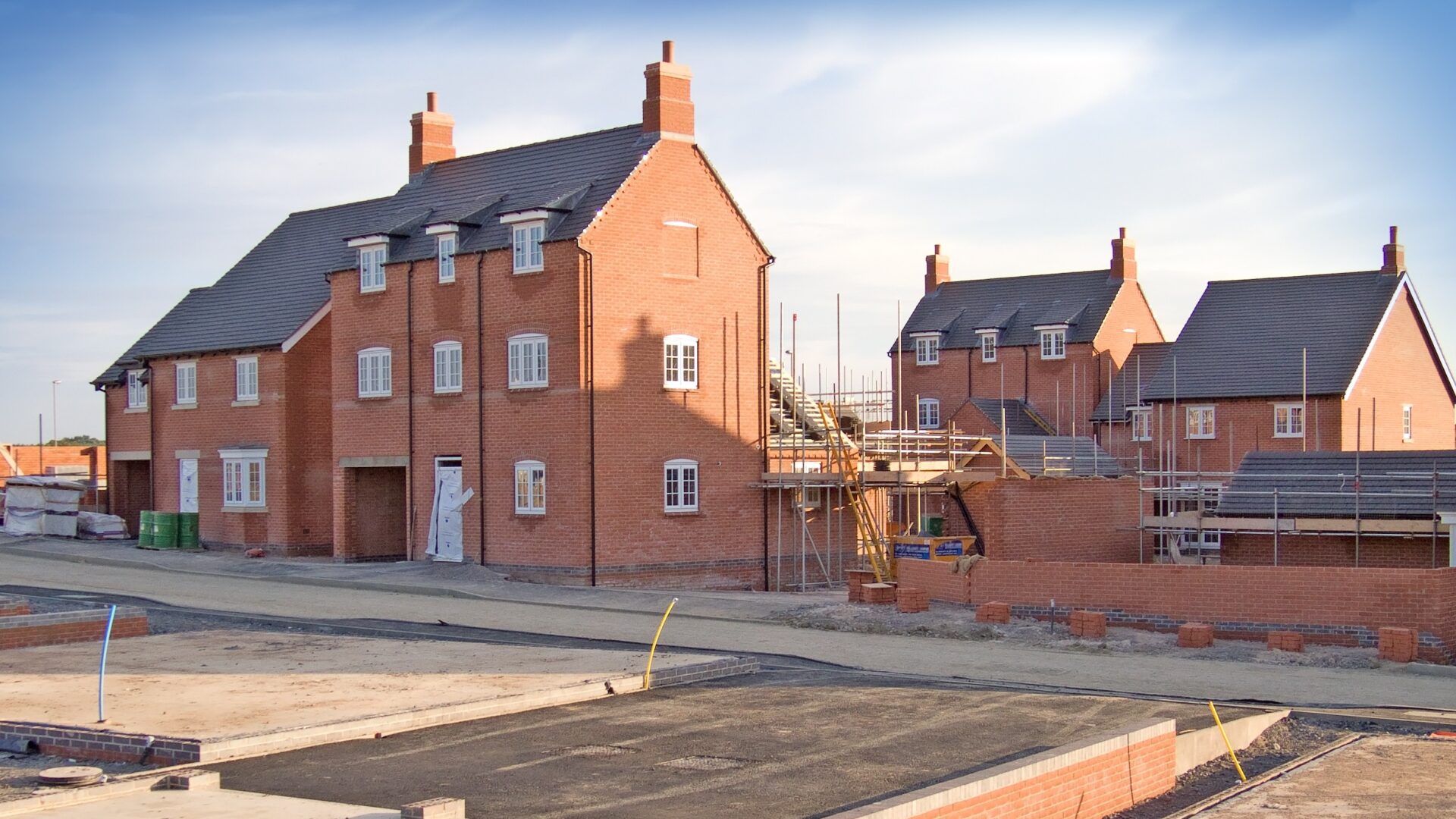
The draft regulations outlining how the Building Safety Levy will operate have been laid in Parliament before final approval.
The Ministry of Housing, Communities and Local Government has also published guidance explaining how the levy will work and its exceptions.
The Building Safety Levy will come into effect in autumn 2026, when developers of residential buildings, regardless of their height, will have to pay it as part of the building control process.
The levy will apply to all new dwellings and purpose-built student accommodation that need a building control application. This includes both higher-risk buildings and non-higher-risk buildings, with some exceptions.
The levy rates, which are included in the draft legislation, will depend on the floor space of the development in square metres, and also on the development’s location.
The levy will be reviewed by the government every three years, or more frequently if necessary, but any amendments to the rates will need to go before Parliament.
Failure to pay the levy could lead to the building control completion certificate or final certificate for the completed works not being issued.
The Building Safety Levy was introduced under powers provided by the Building Safety Act. It aims to collect around £3.4bn over the next decade to fix unsafe buildings.



